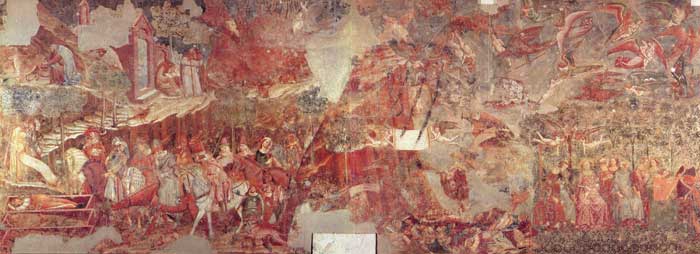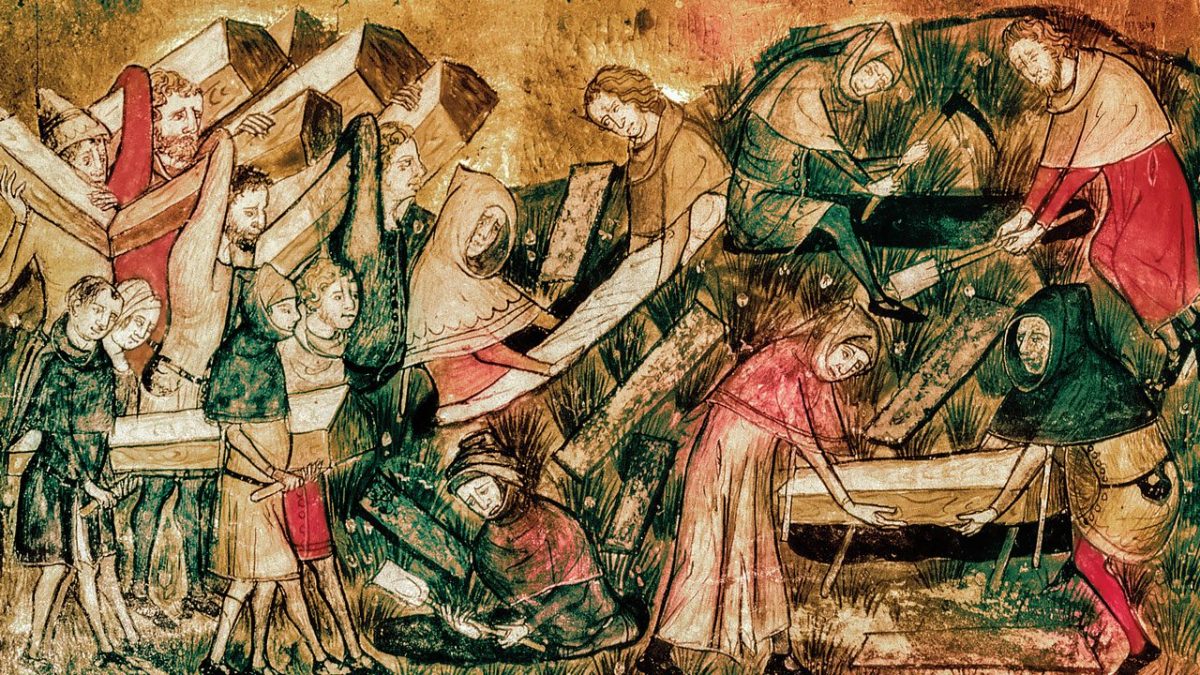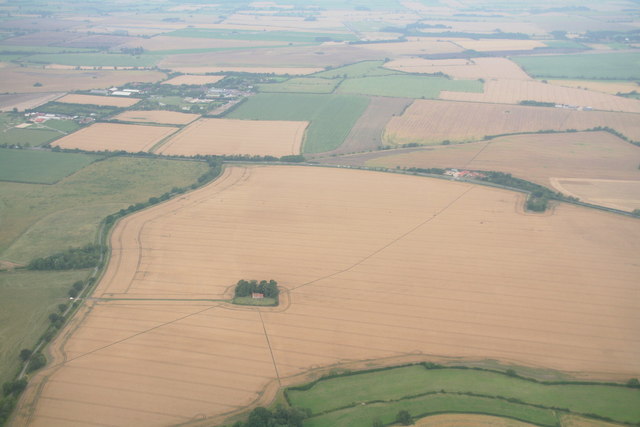The Great Famine
Lost and Shrunken Villages
Topic 1: The Great Famine
The period of relative climatic warmth experienced by the northern hemisphere, known as the medieval warm period, came to an end towards the beginning of the 14th century and a period of cooling began that lasted until the beginning of the 20th century.
In the early part of the 14th century Europe experienced a sustained period of bad weather and successive harvests failed. This resulted in the first phase of what is known as the Great Famine.
Famine
All levels of society were affected, with even King Edward II of England unable to buy bread for himself and his entourage during August 1315.
As the famine continued seed grain was eaten and draught animals were slaughtered for meat, causing further decreases in the yield of harvests and further reductions in the food supply.
The situation became so desperate that older people voluntarily starved themselves to death, children were abandoned and there are some recorded instances of cannibalism.
14th century Italian fresco of the triumph of death.
Black Death
Medieval illustration of the burial of plague victims (From The Chronicles of Gilles Li Muisis)
This famine effectively ended the growth in population that Europe had been experiencing throughout the previous three centuries.
It also left a significantly weakened population, which was therefore extremely vulnerable when the Black Death struck in 1348.
Estimates vary as to the impact of the Black Death, but it is believed that in the years 1348 to 1353 between 30% and 60% of Europe population were killed.
Impact
These two disasters had a profound effect on the structure of society and the economy of Europe.
Feudal landlords found themselves facing increasing demands from their tenants at a time of very low economic return.
As a consequence, land was allowed to go untenanted and untilled, and villagers were replaced with sheep. Unprofitable villages were abandoned to pasture, and under that pasture many were preserved, and some remain preserved to the present day.
Goltho church lies in isolation after the desertion of Goltho village (Photo: Chris Belton)



